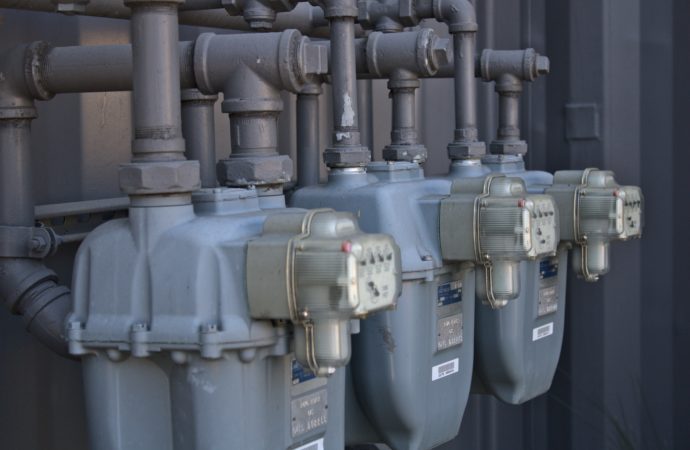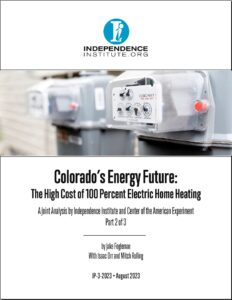What began as a first-of-its-kind ban on new natural gas hookups in 2019 in Berkeley, California, has turned into a nationwide movement. To date, more than 100 cities plus the state of New York have since passed gas bans of their own to push their citizens toward electrification.
It has even begun to spread in Colorado, despite the state’s reputation as an oil and gas powerhouse. Crested Butte became the first jurisdiction in the state to enact a natural gas ban as part of its updated building codes in 2022. It has since been followed by the City of Lafayette, while climate-minded city councilors in Boulder and Denver prepare to do the same.
Even the state has started to creep toward that direction by establishing state minimum building code standards, once entirely the purview of autonomous local governments, that will eventually address the future of natural gas use in buildings statewide in the next year.
While all the policy momentum in Colorado and many other blue jurisdictions across the country has indeed been racing in pursuit of so-called beneficial electrification, there must be more concrete estimates on the costs and grid reliability impacts such a transition would incur. The few studies that have examined the effect of electrification policies in Colorado have focused primarily on cost and have varied wildly in their estimates depending on the inputs and assumptions included—from $50.2 billion to $488 billion.
With the help of detailed modeling commissioned by the Independence Institute and conducted by energy researchers at the Center of the American Experiment, this report aims to put a price estimate on the state’s goal of residential building electrification, focusing specifically on space heating, while evaluating the grid reliability implications that come with it.
Evaluating both the cost and the grid reliability impacts of such a policy is essential because, as recent polling work conducted by the firm Cygnal shows, affordability and reliability are the two most consequential factors on Colorado voters’ minds regarding energy policy.
Building on the work done in part one of this series, it will examine the cost of transitioning Colorado’s natural gas home heating to electric home heating, using a combination of heat pumps and electric resistance heating, on a 100 percent renewable electric grid.
As in part one, this study also assesses an alternative scenario called the “Lower Cost Decarbonization” (LCD) scenario. This scenario meets the same residential electrification and grid decarbonization outcomes using new nuclear power plants —both the traditional, gigawatt-scale plants currently generating roughly one-fifth of the country’s electricity, and innovative small-modular reactors (SMRs).









